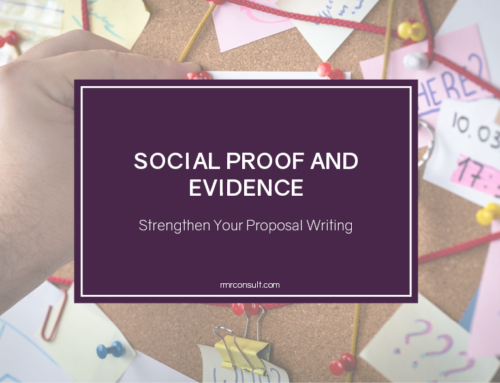How to Write an Engaging Project Description
Most firms have a library of templates, from project sheets and resumes to answers to common RFP questions. The efficiency of being able to drag and drop templates into a proposal is a great way to speed up the proposal process, but it can also be a trap that turns your proposal into a boilerplate bore. The reason for this is that most of us don’t update things like project descriptions once we’ve made the project sheet.
When was the last time you updated your project descriptions? Maybe you went through and scrubbed anticipated construction completion dates, and changed the verb tenses to reflect the completion of the project. Maybe your projects have been completed and you haven’t needed to review the project descriptions.
Programmatically, most projects are similar. Schools have classrooms, common areas, cafeterias, gymnasiums. Offices have open and private office space, meeting rooms, break rooms. Hotels have sleeping rooms, lobbies, and various amenities. It’s not uncommon to see project descriptions that are a list of these programmed spaces, but project descriptions that fall victim to this practice are, to be blunt, boring.
The last thing you want is a boring or irrelevant proposal.
What does a good project description look like?
A common error in proposals is that the narrative is just a list of programmed spaces in sentence form.
“The healthcare center consists of a laboratory, imaging, pharmacy, behavioral health, dental clinic, emergency room, nursing station, 12-inpatient rooms, and support spaces.”
Programmatically, most projects are going to be pretty similar. What makes yours different is the design, right? Save those programmed spaces for a relevance box, and focus on using descriptive language to paint a picture of the design instead.
“A color palette of rich earth tones and natural wood materials create a relaxing and inviting environment for patients and visitors to the new health care center.”
The sentence above sets the scene and is much more interesting to read than the previous example, but it could be better. Finding a balance between descriptive and technical writing is the gold standard for great project sheets. You want potential clients to be excited by your portfolio, but also reassured that it’s not just a collection of impressive photos.
Your clients have goals, and they want to know you can accomplish them.
Writing a good project description
A good project description finds the sweet spot between descriptive and technical writing. It demonstrates expertise and innovation, as well as the ability to overcome project challenges.
The key to writing a good project description is to approach it with a challenge/solution mindset. What were the challenges or major goals of the project? How did you overcome the challenges and meet the client goals?
Your descriptions should read like a story, with a beginning (set up the major project goals or potential challenges), middle (talk about how your team met or exceeded goals and handled challenges), and end (talk about the final product and client satisfaction).








Leave A Comment